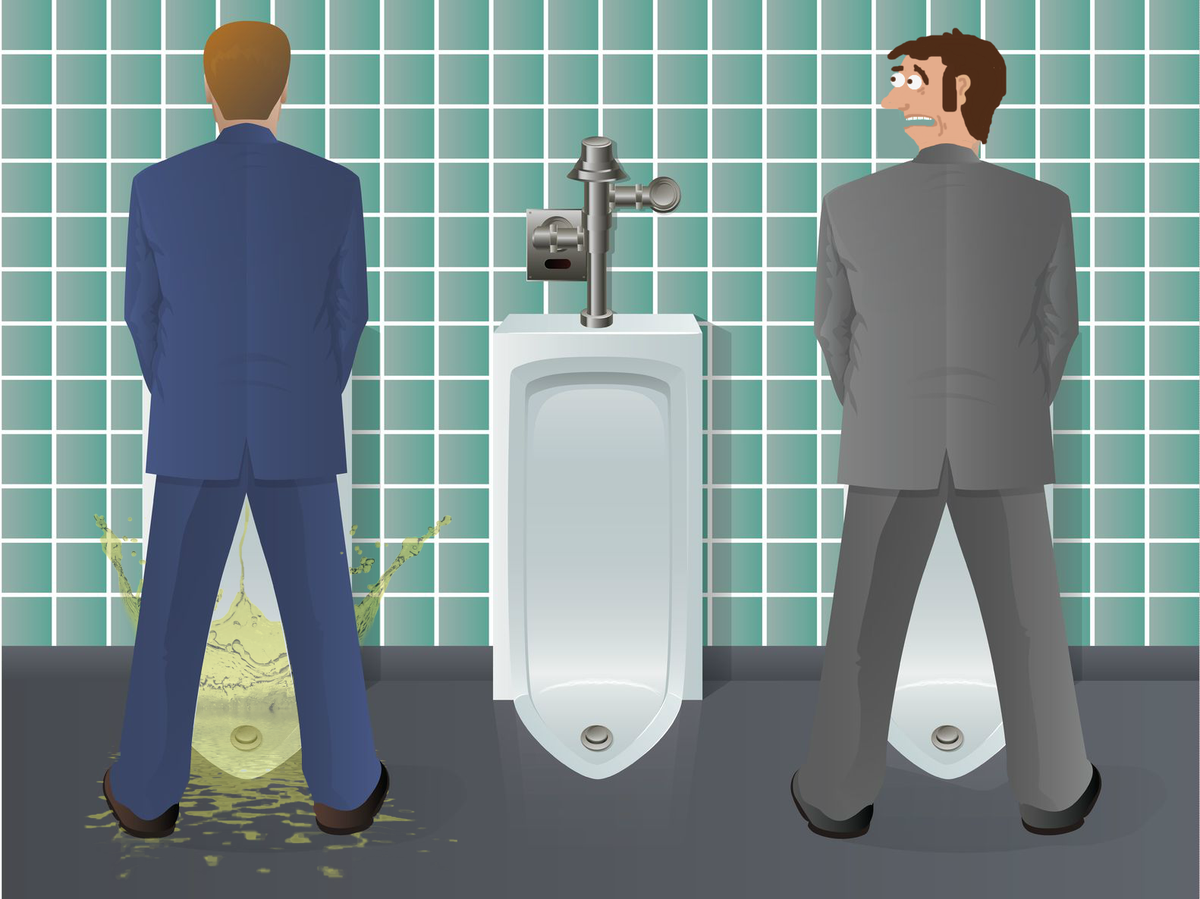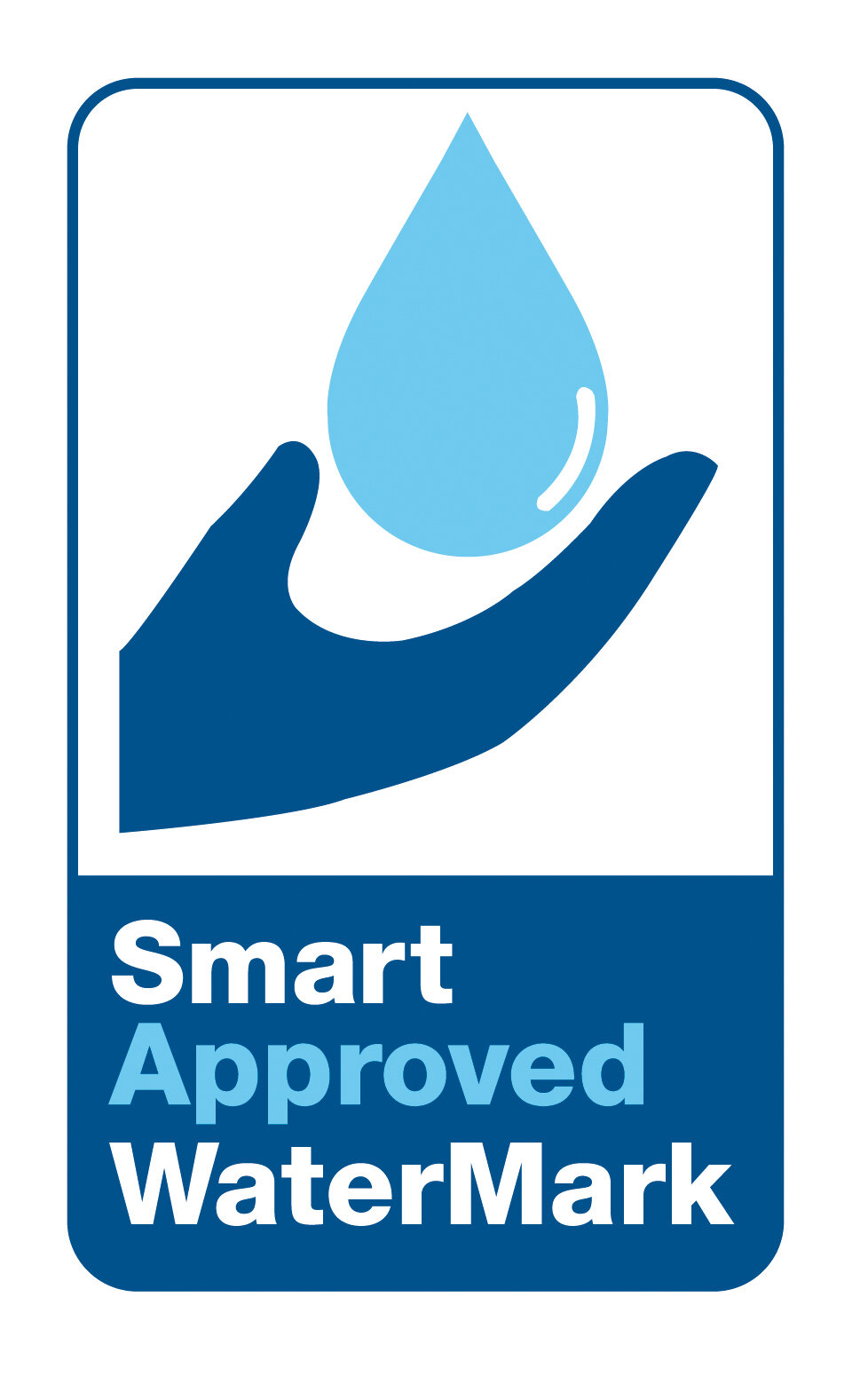A few years back, some people were installing home urinals primarily to make some type of design statement, make their bathrooms stand out, or have something nobody else had in their bathrooms.
Very often, these were unusual looking urinals, nothing like what we see in public restrooms. Typically, they were colorful, uniquely designed urinals, looking like giant frogs, fish heads, snails, even cactus plants.
Today, however, we are finding more and more urinals installed in home bathrooms, but now they are no longer a fashion or décor statement. Instead, they invariably look just like the urinals installed in men's public restrooms, and are installed for very practical purposes.
The following are stories about some men that have installed home urinals in their homes and their thoughts about them:
Kris Karnsworth, Oklahoma
The master bathroom of the home Kris purchased in 2013, had the typical bathroom arrangement: two sinks, toilet, bathtub, and a separate shower. When updating the bathroom, he realized, as many people do, it's been ages since he took a bath. So why go through the process – and the added costs - of installing a fancy bathtub. Instead, "we punched out one wall and put in a big shower. We had this drain leftover from where the old shower used to be, so I had the idea of putting in a urinal. We had the space and the plumbing for it."
Now that the home urinal is installed, Kris says it offers many conveniences, "no one must worry about putting up or down the toilet seat, and it just seems to make sense. It wasn't like it was some statement or anything, it just works for us."
Jerry of Arizona
Jerry and his wife also remodeled their master bathroom. “One night, my wife woke up at 3 a.m. with what she called an ‘epiphany.’ The next morning, she told me, ‘We’re not going to have a bathtub, we’re going to have a urinal!’ I didn’t say anything. She’d already made up her mind.”
It was a good idea Jerry decided not to say anything. It turns out that purchasing and installing the urinal would only cost about $500. To purchase and install the extravagant bathtub under consideration, would have been around $10,000.
Now, years later, Jerry still thinks installing the home urinal was a wise decision. “I’m fortunate enough that I live in a nice house. I’ve worked hard for it over my years, and the house has a lot of nice features, but I tell you, [when people come over], the number one thing they always talk about is that urinal. They love it.”
Curt Slater, Minnesota
When Curt and his wife were remodeling their home's basement, they both made a list of the things they would like to have installed. At the top of his wife's list was a rock fireplace. At the top of his list was a home urinal.
"See, before, whenever I had my buddies over, my wife would remark about how sloppy we all were, and now with the urinal, it cuts down on the splashing, and it's much easier to clean. It also just looks like a nicer bathroom with the urinal in there."
Apparently, his buddies and their wives agreed. "I put my home urinal in seven years ago, and since then, I know nine other people who have put urinals in their homes after seeing mine," adding "now my wife has her rock fireplace, I have my urinal, and everyone is happy."
Some of these home urinals were traditional, water-using urinals, while others were waterless urinals. When it comes to costs, flexibility, and practicality, installing a waterless urinal is typically the best option. They have fewer plumbing needs, are invariably less costly, and easier to install.
For more information on how to reduce water consumption, waterless urinals, and to use water more efficiently, contact a Waterless Co Specialist

































